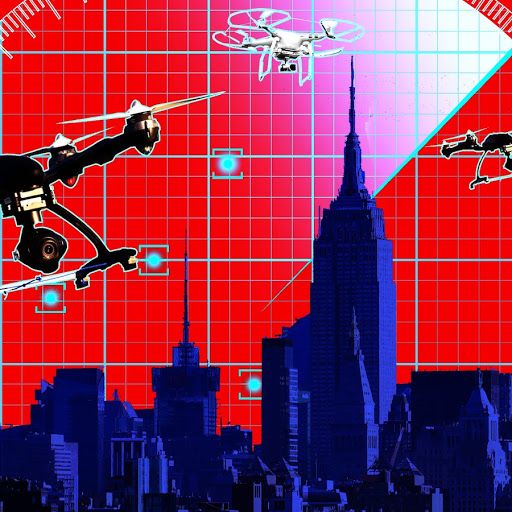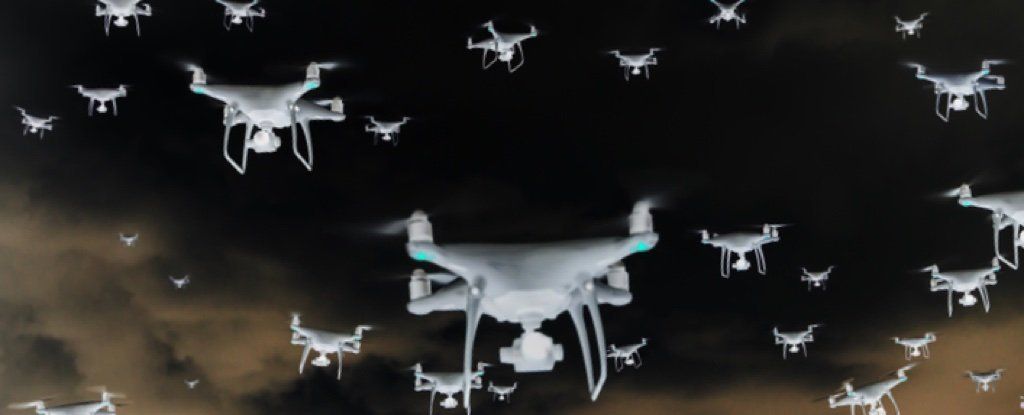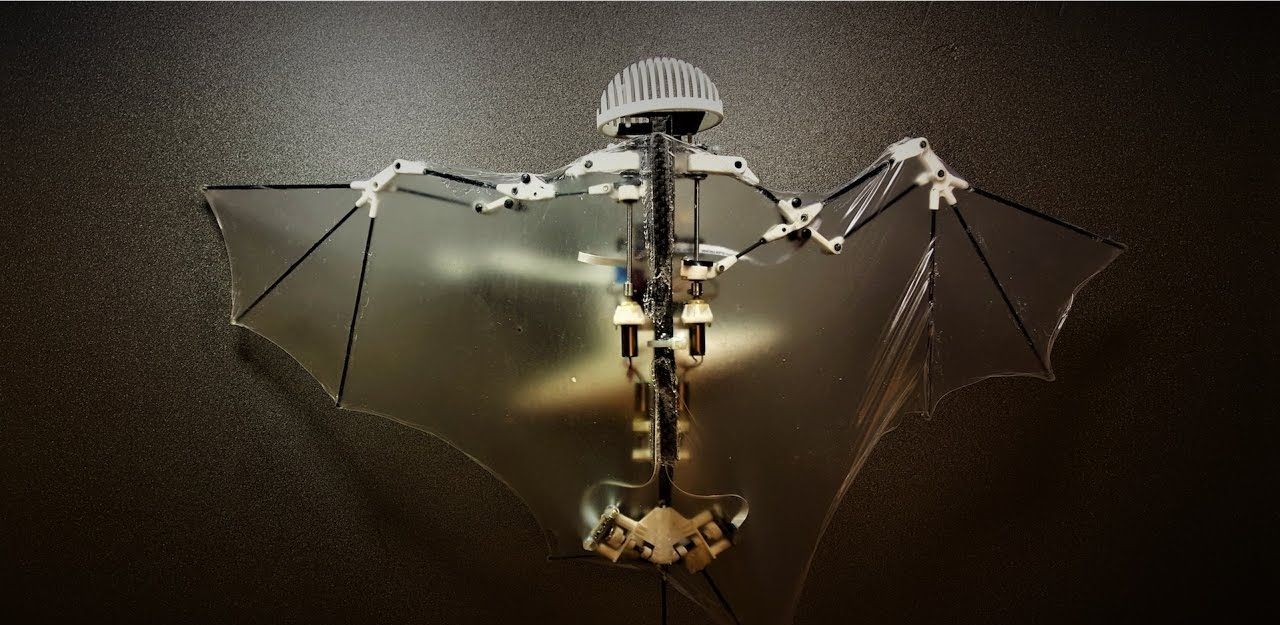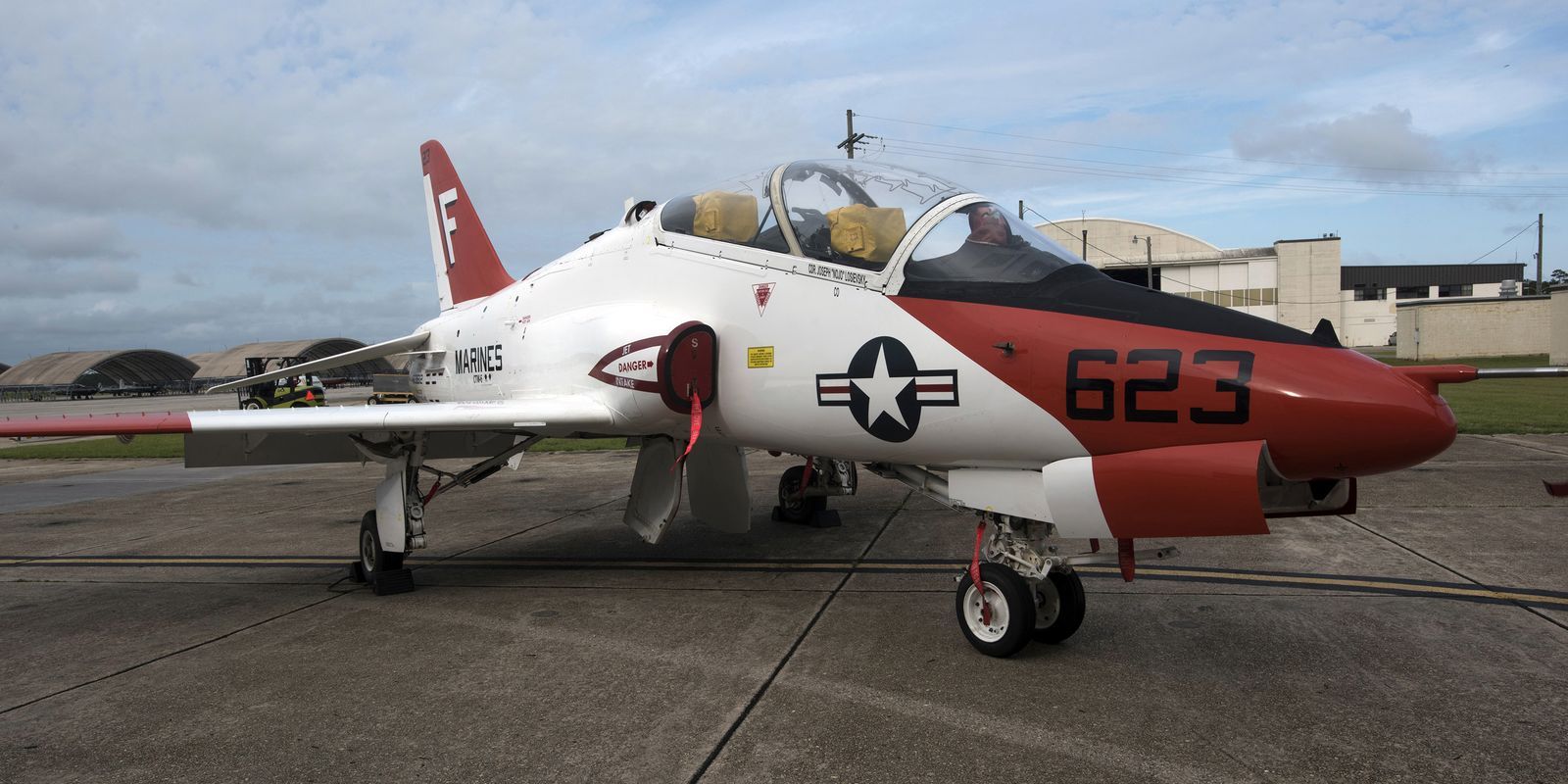It may take a drone to hunt a drone in the system that DARPA could begin testing later this year.
Category: military
Hawaii ‘ballistic missile threat’ alert to phones was false alarm, officials say.
“Hawaiians were thrown into a panic Saturday morning after an emergency alert was mistakenly sent, warning them to ”seek immediate shelter” from a ballistic missile threat, and it took emergency officials 38 minutes to send a new alert to mobile phones that the threat was a false alarm.
”Hawaii Emergency Management Agency Administrator Vern Miyagi said at a press conference with the governor Saturday afternoon that a single individual sent out the alert by mistake. The individual went so far as to click through a second message, intended as a safeguard, that asked whether the alert should go out.
DISA director Lt. Gen. Alan Lynn talks about the tech he’s eyeing, some of which is barely out of the theoretical realm.
Tomorrow’s soldiers will wield encrypted devices that unlock to their voices, or even their particular way of walking, and communicate via ad-hoc, software-defined networks that use not radio waves but light according to Lt. Gen. Alan Lynn, who leads the Defense Information Systems Agency, the U.S. military’s IT provider. On Tuesday, Lynn talked about next-generation technologies that DISA is looking into, some of which are barely experimental today.
Here are few of the key areas:
Ever since technological advancements made drones possible, people have warned of the potential dangers of weaponised UAVs (unmanned aerial vehicles), which could effectively become murderous slaughterbots we need to defend ourselves against.
Now, it looks like those fears have become a reality. The Russian Ministry of Defence claims its forces in Syria were attacked a week ago by a swarm of home-made drones – the first time such a coordinated assault has been reported in a military action.
According to the Ministry of Defence, Russian forces at the Khmeimim air base and Tartus naval facility “successfully warded off a terrorist attack with massive application of unmanned aerial vehicles (UAVs)” last Friday night.
Wirelessly powered, biomimetic spybots…
A new contest seeks flight systems inspired by Mother Nature and powered by directed-energy beams.
Tired: multi-rotor copters and fixed-wing drones. Wired: flying robots that move like living animals, are crafted of next-generation materials, and draw their power not from batteries but energy beamed from nearby aircraft.
On Wednesday, the Defense Enterprise Science Initiative, or DESI, announced a competition for basic science grants to build “new paradigms for autonomous flight, with a focus on highly-maneuverable platforms and algorithms for flight control and decision making.” An accompanying Broad Agency Announcement gets more specific: basically, they’re looking for bat-like drones that can be powered with directed-energy beams.
WASHINGTON — The public’s idea of a war in space is almost entirely a product of Hollywood fantasy: Interstellar empires battling to conquer the cosmos, spaceships going head to head in pitched dogfights.
The reality of how nations will fight in space is much duller and blander. And some of the key players in these conflicts will be hackers and lawyers.
Savvy space warriors like Russia’s military already are giving us a taste of the future. They are jamming GPS navigation signals, electronically disrupting satellite communications links and sensors in space. Not quite star wars. [The Most Dangerous Space Weapons Concepts Ever].
After less than eight months of development, the algorithms are helping intel analysts exploit drone video over the battlefield.
Earlier this month at an undisclosed location in the Middle East, computers using special algorithms helped intelligence analysts identify objects in a video feed from a small ScanEagle drone over the battlefield.
A few days into the trials, the computer identified objects — people, cars, types of building — correctly about 60 percent of the time. Just over a week on the job — and a handful of on-the-fly software updates later — the machine’s accuracy improved to around 80 percent. Next month, when its creators send the technology back to war with more software and hardware updates, they believe it will become even more accurate.
https://youtube.com/watch?v=EaJ1RiQSt0g
China has put $3.3 billion into making new highly compact nuclear reactors which would also use for nuclear powered drones.
The potential impact of nuclear-powered drones can be seen by comparing them with existing aircraft such as the MQ-9 Reaper, which is used extensively in Afghanistan and Pakistan in operations against insurgents. The Reaper presently carries nearly two tonnes of fuel in addition a similar weight of munitions and other equipment and can stay airborne for around 42 hours, or just 14 hours when fully loaded with munitions.
Underground settings are becoming increasingly relevant to global security and safety. Rising populations and urbanization are requiring military and civilian first responders to perform their duties below ground in human-made tunnels, underground urban spaces, and natural cave networks. Recognizing that innovative, enhanced technologies could accelerate development of critical lifesaving capabilities, DARPA today announced its newest Grand Challenge: the DARPA Subterranean Challenge, or SubT for short.









